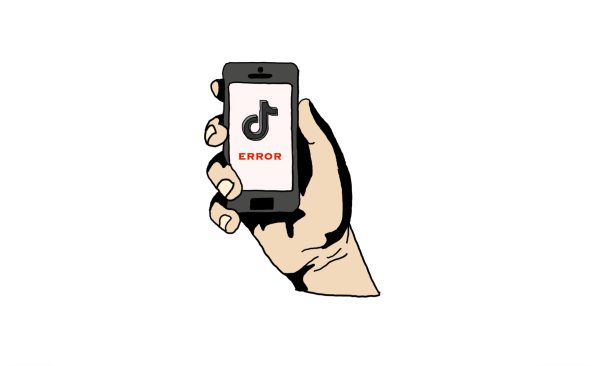How drugs, alcohol are portrayed in teen media
Teen movies, shows encourage substance use
January 18, 2023
I just finished watching the show Ginny and Georgia, a series about a mother and daughter relationship. In this show, teenager Ginny and her friends participated in many parties and gatherings that included drugs and alcohol. I have seen many movies and shows advertised to teens where drugs and alcohol are ever present, but for some reason this show particularly stood out to me and got me thinking. Why is media, specifically produced for young adults, normalizing drug and alcohol use without showing any of the deathly side effects?
In this specific show and the several other forms of media designed for teens, it shows highschoolers at parties drinking, high with their friends or skipping class to smoke weed. Not only are these films perpetuating a stereotype of adolescence, but normalizing a deadly world epidemic according to the CDC. Teen motion pictures since television came out have been advertising drugs and alcohol to their young consumers. However, the problem today is that these substances have evolved. What was offered at parties 20 years ago had harmful side effects, but were not as accessible and as deadly as they are today. Fentanyl and other opioids — where even the smallest grain can cause death — are laced into some of the most attainable drugs to this young generation.
Our society is ever changing and we tend to follow how the media tells us we should live. When we consume magazines and shows that subconsciously tell us to look or act a certain way, we take this information and without realizing it, make this the reality and the manual for our lives. When teens consume media showing people their age smoking, drinking and using drugs, they absorb this information and understand it to be the reality. These different forms of media are role models for young adults and teens. These productions are showing drugs and alcohol and making it look appealing and enticing. It is sensationalizing the stereotype that drinking/using drugs and engaging in these activities is the only escape to this complex stage in life. In addition, the majority of these motion pictures are not showing the ranging complexities — from affecting school life, relationships and mental health to the deadly side effects like overdose, cancer and addiction. Instead they are merely showing the immediate high peer acceptance and numbing of reality.
I feel that the narrative for these movies and shows designed for adolescence should be altered. As a society we shouldn’t be encouraging and normalizing use of these substances, with no exposure to the reality. Our media should instead be portraying realistic hardships of teen addiction and ways our age group can face the reality of peer pressure and current teen culture, while offering alternative ways to navigate this confusing stage of life.














